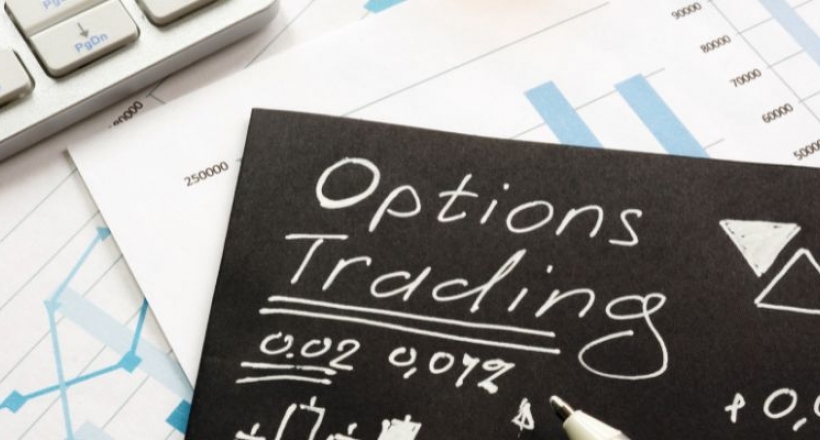A call bear spread is a popular options trading strategy used by investors who believe that the price of an underlying asset will decrease. The strategy involves buying a call option with a higher strike price and simultaneously selling a call option with a lower strike price.
A call bear spread might be also a part of the iron condor, with the opposite side being a bull put spread.
I trade call bear spreads either as part of an iron condor or on stocks I have or have but have not fully covered (less than 100 shares).
Subscribe to the covered calls newsletter to learn more about my trades and trade adjustments.
For example, I was selling call bear spread on Amazon stock, while owning only 19 shares. I decided to opt for call bear spread instead of call only, because of the limited risk. In case I would have 100 shares I would opt for selling a covered call instead call bear spread.
In this article, I will share an example of how to adjust a call ber spread:
At the start of March 2023 Amazon stock was trading around 93, I opened the following call bear spread
- SLD 1 AMZN MAR 31 '23 105 Call Option 0.62 USD
- BOT 1 AMZN MAR 31 '23 110 Call Option 0.24 USD
For this spread, I received a premium of about $35. While the total risk was limited to $500.
In about 10 days the trade got challenged as the stock price increased from $93 to $100 and the short leg of the spread got challenged.
One way to adjust would be simply rolling it up and out, another way would be simply closing the position with a small loss, and another way would be to turn this spread into an iron condor by adding an opposite bull put spread.
Rolling up is a popular options adjustment strategy, but would require a longer time frame, and to make it profitable might ask to double up, which is something I'm not happy about.
Closing the trade with a small loss would also be an option, sometimes it's better to take a small loss and move on
Turning into an iron condor is an advanced options trading strategy, but once you know all the ins and outs - not a brainer.
On March 16th, 2023, I decided to add the following bull put spread, thus turning the whole trade into an iron condor
- SLD 1 AMZN MAR 31 '23 90 Put Option 0.55 USD
- BOT 1 AMZN MAR 31 '23 85 Put Option 0.22 USD
For this spread, I received a premium of about $31.
Now I have collected premiums from both sides, in total $66. With the risk still being the same at $500. There is still risk involved that I will need to adjust this trade, most probably the call side, and I'm okay with that - if so, my plan is to roll up the call option in the future.
Here are the steps to adjust a call bear spread:
Assess the Market Conditions: The first step in adjusting a call bear spread is to assess the market conditions and the reason for the adjustment. Determine whether the market conditions have changed and if the original analysis was incorrect. For example, if the price of the underlying asset is increasing instead of decreasing, you may need to adjust the spread.
Determine the Adjustment Needed: If the market conditions have changed, you need to determine the adjustment needed. The goal is to minimize your losses or maximize your profits. Depending on the situation, you may need to close the position, roll the position, or add to the position.
Close the Position: If the market conditions have changed significantly, you may need to close the position to limit your losses. You can do this by selling the call option you bought and buying back the call option you sold.
Roll the Position: If the market conditions have changed but you still believe that the price of the underlying asset will decrease, you may want to roll the position.
Add to the Position: If the market conditions are favorable, you may want to add to the position to increase your potential profits. You can do this by buying additional call options with a higher strike price and selling call options with a lower strike price.
Monitor the Position: Once you have adjusted the call bear spread, it is important to monitor the position regularly to ensure that it continues to meet your investment goals. If the market conditions change again, you may need to make additional adjustments to the position.
From my personal preferences, I should note, that I use greeks (Delta) and technicals (resistance and support) to make a decision on trade adjustments. I'm starting to look at trade adjustments when Delta reaches 0.25-0.30.
Interesed to learn more? Subscribe to the covered calls newsletter!



